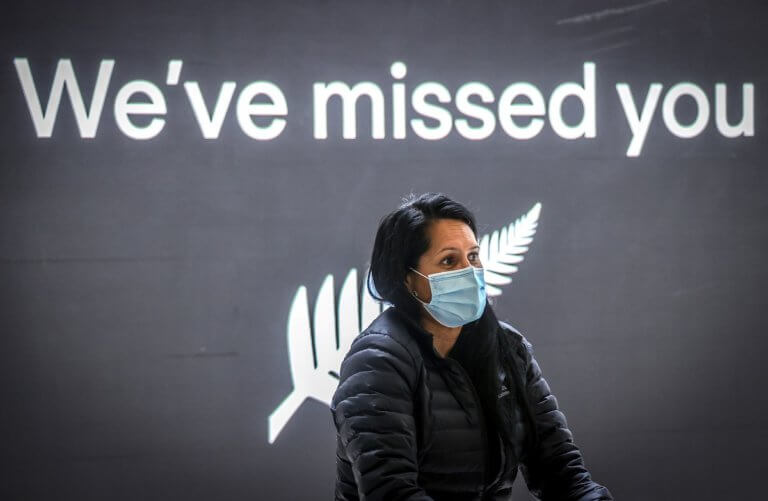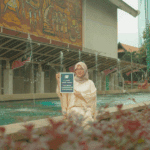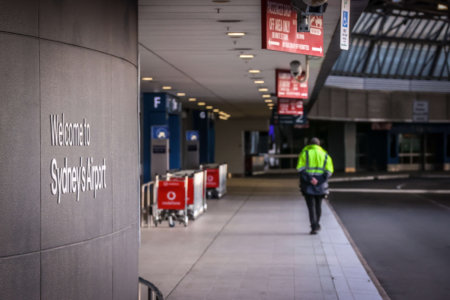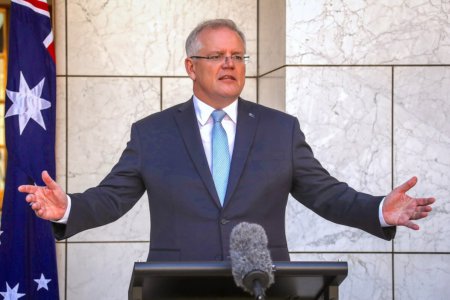
In early November, we were hit with a startling statistic: Australia could lose 50% of its international students by mid-2021 if border restrictions persist. This projection came from the latest Mitchell Institute report, titled “Coronavirus and international students”.
Study International got in touch with Education Policy Fellow and report author Dr Peter Hurley to clear the air about international students returning to Australia. He opines that Australia’s higher education sector is facing the dual problem of fewer enrolments and fewer international students inside the country, which have caused severe disruption to student mobility.
“The business of education is based on an enrolment pipeline; as international students graduate, new students enrol to replace them. That pipeline has been disrupted. So when international higher education does open up, it might take a bit longer to restore those enrolment numbers,” Dr Hurley explains.

Dr Peter Hurley is an Education Policy Fellow at the Mitchell Institute. Source: Dr Peter Hurley
What does this mean for Australia?
Universities stand to lose 3 to 4.6 billion Australian dollars in revenue from international student fees this year. Over half of the A$12 billion universities invest in research every year comes international student revenue, according to the Australian Bureau of Statistics. From these statistics, we can surmise that lower international student numbers will hit Australian universities where it hurts.
It doesn’t end there. Beyond university fees, student cities are losing out on what these students used to spend on goods and services. The report estimates that 57% of annual international student revenue is associated with this wider economy. This includes your off-campus rent, food, entertainment, and travel.
Simply put, the absence of international students in Australia has created gaps in the community that are growing every day. This begs the ultimate question …
When will international students be returning to Australia?
Neither Prime Minister Scott Morrison nor Dr Hurley can answer this definitively. “Education is an investment, and people don’t want to make an investment until they’re sure of the conditions,” Dr Hurley says.
Though the multi-billion-dollar international education sector is a priority, he explains that there is a hierarchy in place. Tens of thousands of Australians are still stranded overseas right now, but the quarantine programmes can only accommodate a limited number of people. This is why international students are not first in line to be returning to Australia: all plans have been paused to prioritise bringing citizens back.
Although a thick cloud of uncertainty hovers over the Australian higher education sector, we may well be facing brighter days ahead. Victoria is opening up again, and there are signs of a COVID-19 vaccine on the horizon. Travel bubbles are being realised.
“International education is a policy focus in Australia because it supplements what’s there. How can we use this as a way of producing good education experiences for students?” Dr Hurley posits. “Education brings such richness to the country. I wonder if there are ways of looking at this so we ensure that is the focus, and it’s more than just a profit exercise.”









